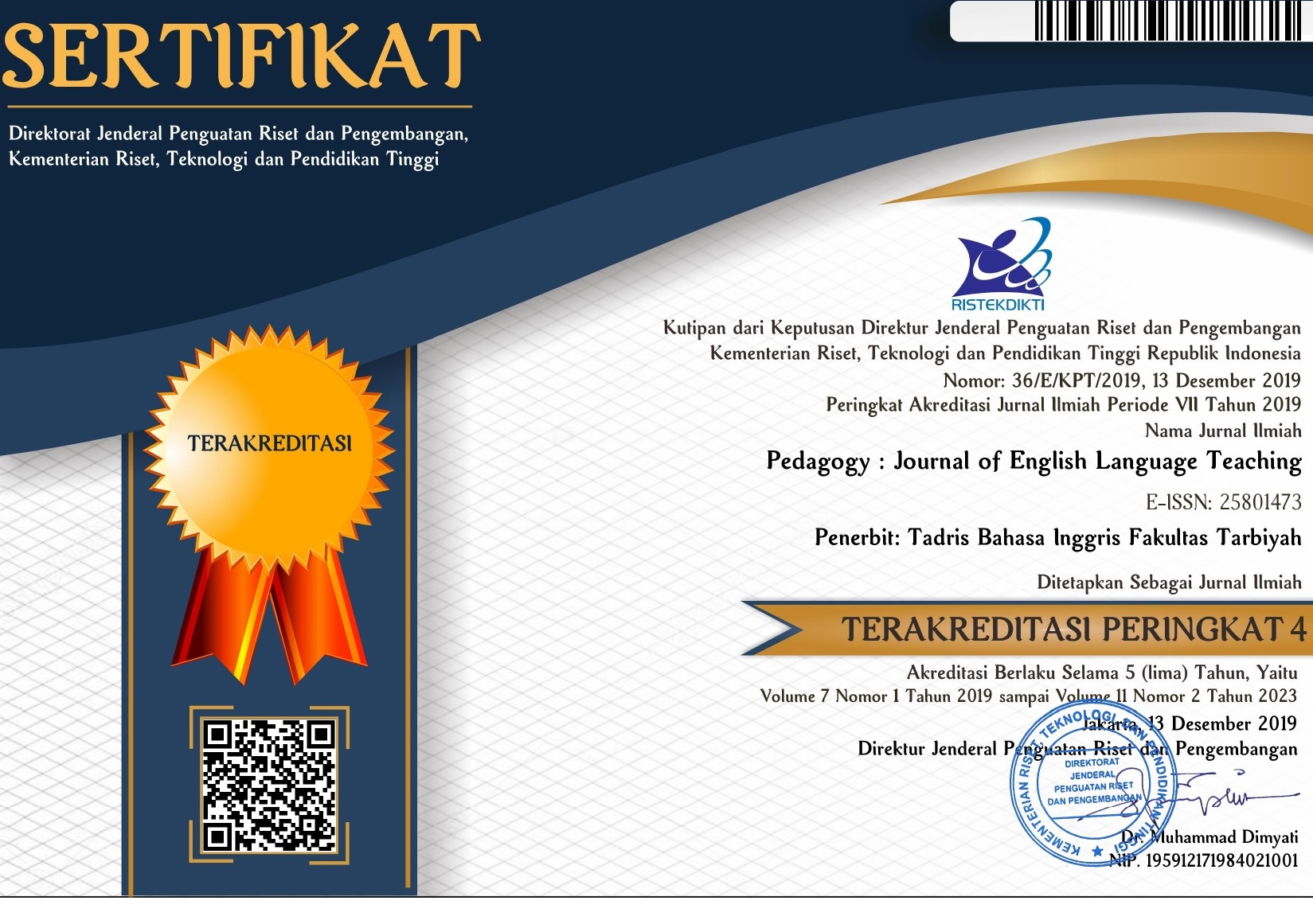Indonesian University Learners’ Views on Optimizing English Speaking Skills through the Use of OME TV Media
DOI:
https://doi.org/10.32332/joelt.v12i1.6370Keywords:
college students, English speaking skills, Indonesian higher education, media, Ome TVAbstract
The present study aims to explore the students’ voices in using OME TV media to improve English speaking skills among students and their reasons for using OME TV media in learning English. Following the qualitative case study method, the research data of this study were collected through semi-structured interviews with six students in Indonesian higher education. The findings revealed that most students view the use of OME TV as beneficial for them in shaping their English-speaking skills, enriching insights through English conversation with foreigners, showing self-existence using English, obtaining information about English, looking for relationships, and networking. In addition, the reasons for using OME TV include having entertainment, looking for friends to play games together, and building relationships and communication with friends. This study presents an implication of the need for learners to make use of technology including social media as a platform for learning English.
















